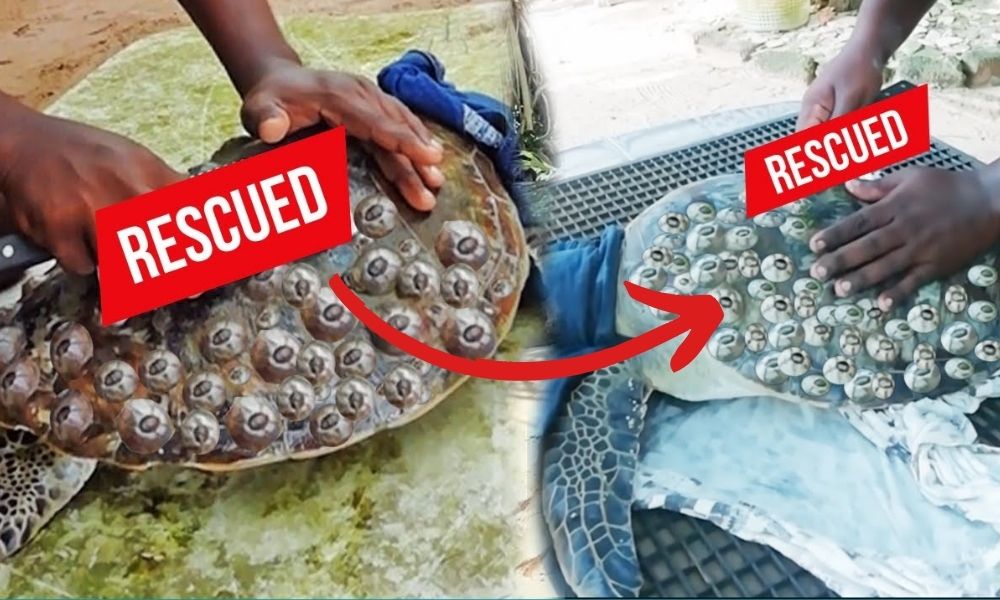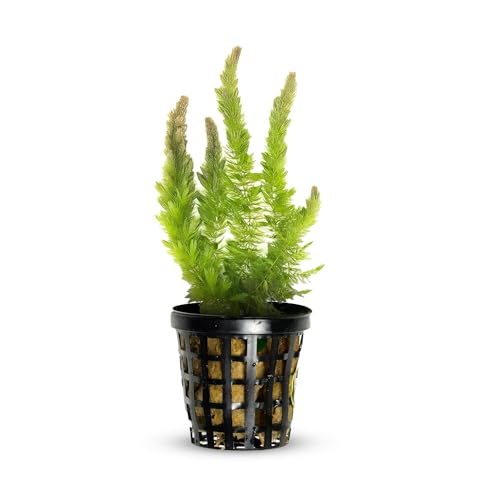Each year, millions of sea turtles die due to ingesting plastic waste, with estimates ranging from thousands to hundreds of thousands. This devastating impact highlights the urgent need for conservation efforts to protect these vulnerable marine creatures.
The world’s oceans are facing a crisis as plastic pollution continues to threaten the delicate balance of marine ecosystems. Sea turtles, in particular, are highly susceptible to the harmful effects of plastic debris, mistaking it for food and suffering from ingestion and entanglement.
The alarming rate at which these majestic animals are perishing due to our plastic consumption serves as a stark reminder of the urgent need to address this pressing environmental issue. By raising awareness, implementing stricter regulations, and promoting sustainable practices, we can work together to safeguard the future of sea turtles and preserve our oceans for generations to come.
Plastic Pollution Impact On Sea Turtles
Each year, an estimated 100 million marine animals, including sea turtles, die due to plastic pollution. The ingestion of plastic is a significant threat to sea turtles, as they often mistake plastic bags and other debris for food. This can lead to internal injuries, blockages, and even death. Additionally, sea turtles can become entangled in plastic debris, such as fishing nets and six-pack rings, causing injuries and hindering their ability to swim, feed, and breathe. Plastic pollution poses a grave danger to the survival of sea turtles and other marine life, highlighting the urgent need for global efforts to reduce and eliminate plastic waste in our oceans.
Estimating Sea Turtle Deaths
Sea turtles are one of the most affected species due to plastic pollution. The estimation of sea turtle deaths caused by plastic is a challenging task. The data collection process is not standardized, which makes it difficult to compare studies.
Research findings suggest that over 1,000 sea turtles die each year due to plastic pollution in the United States alone. However, this number is likely to be an underestimate since it only includes stranded turtles that have been found.
Challenges in data collection include the fact that not all sea turtles that die from plastic ingestion wash up on shore. Additionally, there is no standardized method to record the cause of death for turtles that do wash up.
| Challenges in Data Collection | Solutions |
|---|---|
| No standardized method to record cause of death | Develop a standardized protocol for recording sea turtle deaths |
| Not all sea turtles that die from plastic ingestion wash up on shore | Conduct aerial surveys to estimate the number of sea turtles in the ocean |
Efforts are being made to reduce the number of sea turtles that die from plastic pollution. However, more research is needed to accurately estimate the number of sea turtles affected by plastic pollution and to develop effective conservation measures.
Conservation Efforts
Beach cleanups are crucial in reducing plastic pollution in the oceans. They help in removing the plastic waste that poses a threat to sea turtles and other marine life. Plastic use reduction initiatives aim to minimize the amount of plastic entering the oceans, thus protecting the habitats of sea turtles. These efforts involve promoting the use of reusable products, implementing plastic bag bans, and encouraging responsible waste disposal practices.
Policy And Legislation
International agreements play a crucial role in protecting sea turtles from plastic pollution. These agreements provide a framework for countries to work together in addressing the issue on a global scale. Local regulations also play a significant role in protecting sea turtles from plastic. These regulations can include bans on single-use plastics, restrictions on fishing practices, and coastal clean-up initiatives. By implementing strong policies and legislation at both international and local levels, we can work towards reducing the number of sea turtles dying each year due to plastic pollution.
Impact On Ecosystem
Sea turtles are severely impacted by plastic pollution, leading to a significant loss of life each year. The disruption of the food chain occurs as sea turtles mistakenly consume plastic, mistaking it for food. This can lead to internal injuries, blockages, and eventual death. Additionally, plastic pollution contributes to habitat destruction for sea turtles. The accumulation of plastic waste in their nesting areas can disrupt their ability to lay eggs and hatchlings to reach the ocean. Plastic pollution is a critical threat to the survival of sea turtles and has far-reaching consequences for the marine ecosystem.
Future Outlook
Sea turtles face a dire threat from plastic pollution, with an estimated 100,000 marine creatures dying annually. The future outlook for these majestic creatures is contingent on technological innovations and educational campaigns.
Technological innovations such as biodegradable plastics and improved waste management systems can significantly reduce the impact of plastic on sea turtle populations. Educational campaigns aimed at raising awareness and promoting sustainable practices play a crucial role in fostering a better future for sea turtles.
Conclusion
The devastating impact of plastic on sea turtles is heart-wrenching. We must take immediate action to reduce plastic pollution and protect these magnificent creatures. Together, we can make a difference and ensure a safer future for sea turtles and our oceans.
Join the fight against plastic pollution today.




Leave a Reply